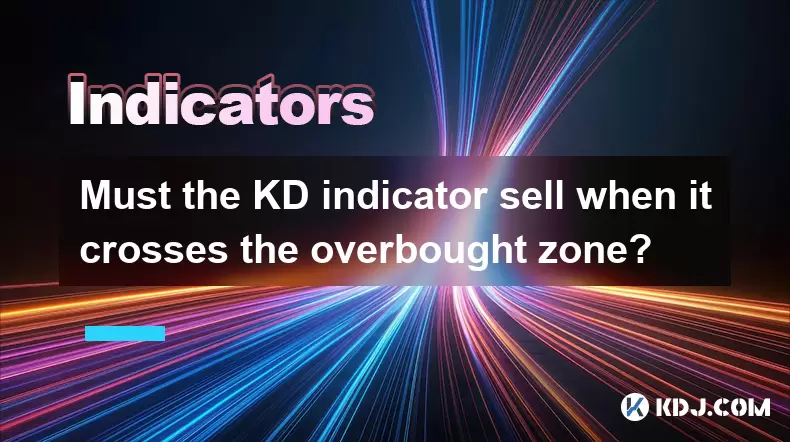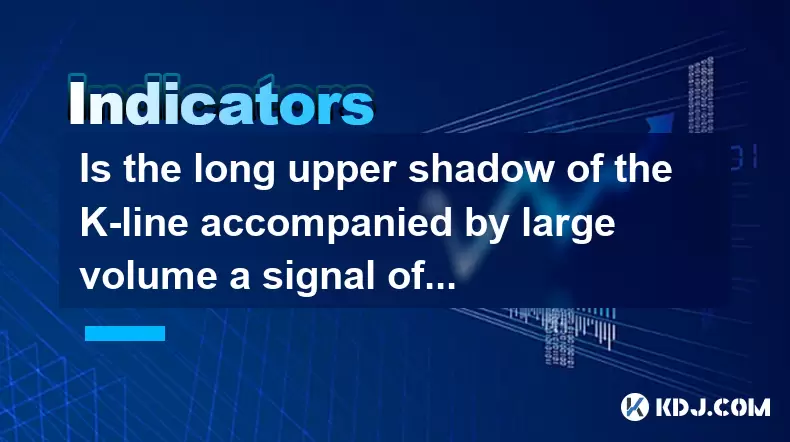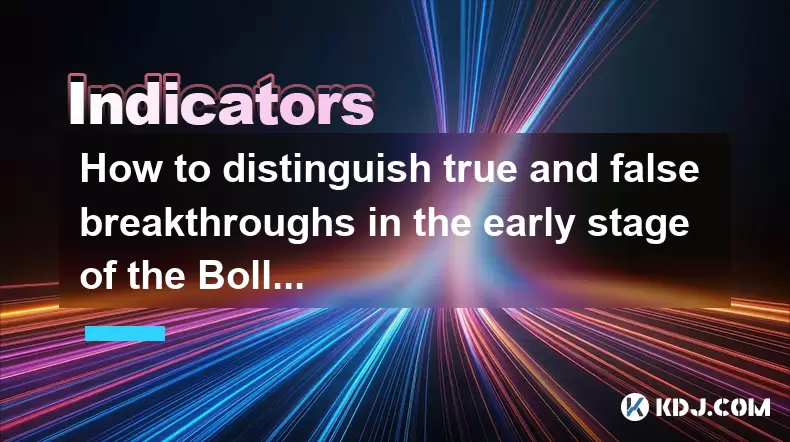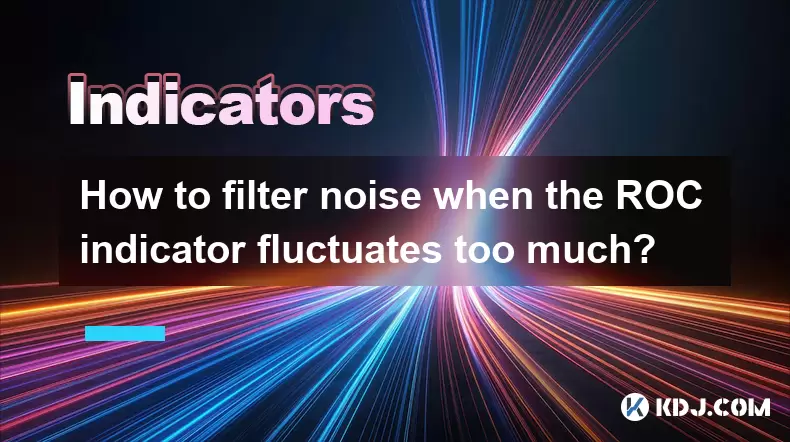-
 Bitcoin
Bitcoin $106,754.6083
1.33% -
 Ethereum
Ethereum $2,625.8249
3.80% -
 Tether USDt
Tether USDt $1.0001
-0.03% -
 XRP
XRP $2.1891
1.67% -
 BNB
BNB $654.5220
0.66% -
 Solana
Solana $156.9428
7.28% -
 USDC
USDC $0.9998
0.00% -
 Dogecoin
Dogecoin $0.1780
1.14% -
 TRON
TRON $0.2706
-0.16% -
 Cardano
Cardano $0.6470
2.77% -
 Hyperliquid
Hyperliquid $44.6467
10.24% -
 Sui
Sui $3.1128
3.86% -
 Bitcoin Cash
Bitcoin Cash $455.7646
3.00% -
 Chainlink
Chainlink $13.6858
4.08% -
 UNUS SED LEO
UNUS SED LEO $9.2682
0.21% -
 Avalanche
Avalanche $19.7433
3.79% -
 Stellar
Stellar $0.2616
1.64% -
 Toncoin
Toncoin $3.0222
2.19% -
 Shiba Inu
Shiba Inu $0.0...01220
1.49% -
 Hedera
Hedera $0.1580
2.75% -
 Litecoin
Litecoin $87.4964
2.29% -
 Polkadot
Polkadot $3.8958
3.05% -
 Ethena USDe
Ethena USDe $1.0000
-0.04% -
 Monero
Monero $317.2263
0.26% -
 Bitget Token
Bitget Token $4.5985
1.68% -
 Dai
Dai $0.9999
0.00% -
 Pepe
Pepe $0.0...01140
2.44% -
 Uniswap
Uniswap $7.6065
5.29% -
 Pi
Pi $0.6042
-2.00% -
 Aave
Aave $289.6343
6.02%
Must the KD indicator sell when it crosses the overbought zone?
The KD indicator, or Stochastic Oscillator, helps identify overbought or oversold conditions in crypto trading but should not be used alone to make sell decisions.
Jun 20, 2025 at 10:50 am

Understanding the KD Indicator and Its Role in Trading
The KD indicator, also known as the Stochastic Oscillator, is a momentum oscillator used to identify overbought or oversold conditions in financial markets, including cryptocurrency trading. It consists of two lines: the %K line and the %D line. The %K line represents the current closing price relative to the recent price range, while the %D line is a moving average of the %K line.
In the context of crypto trading, the KD indicator helps traders assess whether an asset is overbought (typically above 80) or oversold (usually below 20). However, it's crucial to understand that crossing into the overbought zone does not automatically signal a sell order. Market conditions, trend strength, and volume must all be considered before making such a decision.
What Happens When the KD Indicator Enters the Overbought Zone?
When the KD indicator crosses into the overbought zone, typically when the %K line rises above 80, it suggests that the asset may be overvalued and could experience a pullback or reversal. However, this is not always the case, especially in strong uptrends where prices can remain overbought for extended periods.
- False signals are common during strong market trends.
- High volatility in cryptocurrency markets can cause the KD indicator to give misleading readings.
- Confirmation from other indicators like RSI or MACD is often needed before taking action.
Therefore, entering the overbought zone alone should not trigger a sell decision without further validation.
Why Selling Based Solely on Overbought KD Can Be Risky
Selling based purely on the KD indicator reaching overbought levels can lead to missed opportunities or premature exits. In bullish crypto markets, assets can continue rising even after being technically overbought.
- Trend continuation is possible despite overbought readings.
- Strong buying pressure may keep prices elevated regardless of technical signals.
- Market sentiment and news events can override technical indicators.
Traders who rely solely on the KD indicator without considering these factors may find themselves exiting positions too early or missing out on significant gains.
How to Use the KD Indicator More Effectively in Crypto Trading
To make better use of the KD indicator, traders should combine it with other tools and strategies:
- Look for divergences between price and the KD indicator to spot potential reversals.
- Use candlestick patterns to confirm potential sell signals.
- Watch for crossovers between the %K and %D lines within the overbought or oversold zones.
- Incorporate support and resistance levels to filter false signals.
- Check volume data to validate the strength behind price movements.
By using the KD indicator alongside these techniques, traders can avoid impulsive decisions and improve their overall accuracy in timing entries and exits.
Practical Steps to Confirm a Sell Signal from the KD Indicator
If you're considering selling because the KD indicator has entered the overbought zone, follow these steps carefully:
- Confirm that both %K and %D are above 80, indicating sustained overbought conditions.
- Wait for the %K line to cross below the %D line, which may signal a bearish reversal.
- Check if price forms a bearish candlestick pattern, such as a shooting star or evening star.
- Verify with another oscillator like RSI; if RSI is also showing signs of exhaustion, it strengthens the sell signal.
- Assess volume — a sudden spike in volume on a down candle may indicate increased selling pressure.
Taking these precautions ensures that your sell decision is based on multiple confirming factors rather than just one indicator reading.
Frequently Asked Questions (FAQs)
Can the KD indicator be used effectively in sideways crypto markets?
Yes, the KD indicator performs well in ranging or sideways markets because it helps identify overbought and oversold levels more accurately. Traders can look for buy signals when the indicator drops below 20 and sell signals when it rises above 80 in such environments.
Is it safe to short a cryptocurrency solely based on the KD indicator being overbought?
No, shorting based only on the KD indicator being overbought is risky. Cryptocurrencies can remain overbought during strong uptrends. Always wait for additional confirmation such as divergence, bearish candlesticks, or crossovers before initiating a short trade.
What time frame is best for using the KD indicator in crypto trading?
The KD indicator works best on higher time frames like the 1-hour, 4-hour, or daily charts for more reliable signals. Lower time frames can produce many false signals due to the high volatility in crypto markets.
How do I set up the KD indicator on popular trading platforms?
Most trading platforms like Binance, TradingView, and KuCoin allow users to add the Stochastic (KD) indicator easily:
- Open the chart of the desired cryptocurrency.
- Click on the “Indicators” or “Studies” button.
- Search for “Stochastic” or “KD.”
- Adjust the settings (default is usually 14-period).
- Apply it to the chart and begin analyzing the %K and %D lines.
Disclaimer:info@kdj.com
The information provided is not trading advice. kdj.com does not assume any responsibility for any investments made based on the information provided in this article. Cryptocurrencies are highly volatile and it is highly recommended that you invest with caution after thorough research!
If you believe that the content used on this website infringes your copyright, please contact us immediately (info@kdj.com) and we will delete it promptly.
- Cardano, Dogecoin, and the Altcoin Shift: What's Next?
- 2025-06-20 22:45:12
- Gold Coin, Rare, Horses: A Numismatic Roundup
- 2025-06-20 22:45:13
- Dogecoin, Shiba Inu, and the Meme Coin Mania: What's Next?
- 2025-06-20 22:25:12
- GateToken (GT) Price Prediction: Navigating 2025-2030 with a New Yorker's Sass
- 2025-06-20 23:05:13
- Pepe, Price Prediction, and Elon Musk: A NYC Take on the Frog Coin Frenzy
- 2025-06-20 23:05:13
- Polkadot's DOT: Navigating the Triple Bottom and Bullish Reversals
- 2025-06-20 23:25:12
Related knowledge

Does the sudden contraction of ATR indicate the end of the trend?
Jun 20,2025 at 11:14pm
Understanding ATR and Its Role in Technical AnalysisThe Average True Range (ATR) is a technical indicator used to measure market volatility. Developed by J. Welles Wilder, ATR calculates the average range of price movement over a specified period, typically 14 periods. It does not indicate direction—only volatility. Traders use ATR to gauge how much an ...

Is the trend continuation when the Williams indicator is oversold but there is no rebound?
Jun 20,2025 at 11:42pm
Understanding the Williams %R IndicatorThe Williams %R indicator, also known as the Williams Percent Range, is a momentum oscillator used in technical analysis to identify overbought and oversold levels in price movements. It typically ranges from 0 to -100, where values above -20 are considered overbought and values below -80 are considered oversold. T...

Is the golden cross of the ROC indicator below the zero axis effective?
Jun 20,2025 at 09:42pm
Understanding the ROC Indicator and Its Role in Cryptocurrency TradingThe Rate of Change (ROC) indicator is a momentum oscillator widely used by traders to assess the speed at which cryptocurrency prices are changing. It measures the percentage difference between the current price and the price from a certain number of periods ago. The ROC helps identif...

Is the long upper shadow of the K-line accompanied by large volume a signal of peaking?
Jun 21,2025 at 12:28am
Understanding the Long Upper Shadow K-LineThe long upper shadow of a K-line is a common candlestick pattern that often appears during price action analysis. It consists of a small real body with a long upper wick, indicating that the price rose significantly during the period but was ultimately rejected and closed lower than its high. This pattern can s...

How to distinguish true and false breakthroughs in the early stage of the Bollinger Band opening?
Jun 20,2025 at 10:35pm
Understanding the Bollinger Band StructureBollinger Bands consist of three lines: a simple moving average (SMA) in the middle, and two outer bands that are standard deviations away from the SMA. These bands expand and contract based on market volatility. When the bands begin to widen, it often signals an increase in price volatility, which traders inter...

How to filter noise when the ROC indicator fluctuates too much?
Jun 20,2025 at 11:07pm
Understanding the ROC Indicator and Its SensitivityThe Rate of Change (ROC) indicator is a momentum oscillator that measures the percentage change in price between the current closing price and the closing price from a specified number of periods ago. When the ROC indicator fluctuates too much, it can create misleading signals, especially in volatile or...

Does the sudden contraction of ATR indicate the end of the trend?
Jun 20,2025 at 11:14pm
Understanding ATR and Its Role in Technical AnalysisThe Average True Range (ATR) is a technical indicator used to measure market volatility. Developed by J. Welles Wilder, ATR calculates the average range of price movement over a specified period, typically 14 periods. It does not indicate direction—only volatility. Traders use ATR to gauge how much an ...

Is the trend continuation when the Williams indicator is oversold but there is no rebound?
Jun 20,2025 at 11:42pm
Understanding the Williams %R IndicatorThe Williams %R indicator, also known as the Williams Percent Range, is a momentum oscillator used in technical analysis to identify overbought and oversold levels in price movements. It typically ranges from 0 to -100, where values above -20 are considered overbought and values below -80 are considered oversold. T...

Is the golden cross of the ROC indicator below the zero axis effective?
Jun 20,2025 at 09:42pm
Understanding the ROC Indicator and Its Role in Cryptocurrency TradingThe Rate of Change (ROC) indicator is a momentum oscillator widely used by traders to assess the speed at which cryptocurrency prices are changing. It measures the percentage difference between the current price and the price from a certain number of periods ago. The ROC helps identif...

Is the long upper shadow of the K-line accompanied by large volume a signal of peaking?
Jun 21,2025 at 12:28am
Understanding the Long Upper Shadow K-LineThe long upper shadow of a K-line is a common candlestick pattern that often appears during price action analysis. It consists of a small real body with a long upper wick, indicating that the price rose significantly during the period but was ultimately rejected and closed lower than its high. This pattern can s...

How to distinguish true and false breakthroughs in the early stage of the Bollinger Band opening?
Jun 20,2025 at 10:35pm
Understanding the Bollinger Band StructureBollinger Bands consist of three lines: a simple moving average (SMA) in the middle, and two outer bands that are standard deviations away from the SMA. These bands expand and contract based on market volatility. When the bands begin to widen, it often signals an increase in price volatility, which traders inter...

How to filter noise when the ROC indicator fluctuates too much?
Jun 20,2025 at 11:07pm
Understanding the ROC Indicator and Its SensitivityThe Rate of Change (ROC) indicator is a momentum oscillator that measures the percentage change in price between the current closing price and the closing price from a specified number of periods ago. When the ROC indicator fluctuates too much, it can create misleading signals, especially in volatile or...
See all articles

























































































